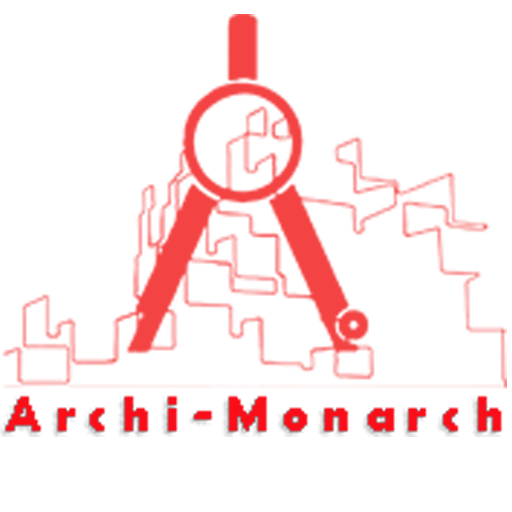In architecture, the soil and waste layout refers to the strategic planning and design of drainage systems that manage wastewater and soil waste from buildings. This includes the arrangement of soil pipes, which carry human waste from toilets, and waste pipes, which transport wastewater from sinks, showers, and other plumbing fixtures.
A well-designed soil and waste system ensures efficient drainage, prevents blockages, and minimizes health hazards by directing waste to appropriate disposal points such as sewers or septic tanks.
Proper ventilation and gradient slopes are crucial to maintaining smooth flow and preventing foul odors or contamination. Compliance with building codes and sustainability considerations, such as water recycling and eco-friendly treatment systems, are also integral to modern soil and waste layouts in architecture.
If you want to know about the sump detail one or miscellaneous detail or water tank detail, please click the link.
Image of Soil and waste layout detail and downloadable (in DWG) link below

Soil and waste layout detail drawing – 1
A soil and waste layout detail drawing in construction is a technical drawing that illustrates the routing, dimensions, and specifications of drainage pipes in a building. It ensures proper waste disposal and prevents contamination or blockages.
These drawings typically include:
Key Elements of a Soil and Waste Layout Detail Drawing:
- Pipe Types & Sizes – Differentiates soil pipes (toilet waste) from waste pipes (sinks, showers, etc.), with correct diameters indicated.
- Routing & Gradients – Shows the slope of pipes to ensure smooth drainage and prevent backflow.
- Ventilation System – Includes vent pipes to release gases and maintain proper pressure.
- Inspection Chambers & Manholes – Indicates access points for maintenance and cleaning.
- Connections to Main Sewer or Septic Tank – Details how the system connects to municipal drainage or on-site treatment.
- Symbols & Annotations – Uses standard plumbing symbols and labels for easy interpretation.
Common Drawing Types:
- Plan View – A top-down representation of pipe layouts across floors.
- Sectional View – A vertical cut showing pipe elevations and connections.
- Isometric View – A 3D-style drawing for a clearer understanding of pipe routing.
Our tips to help you improve your architectural Soil and waste layout detailing.
